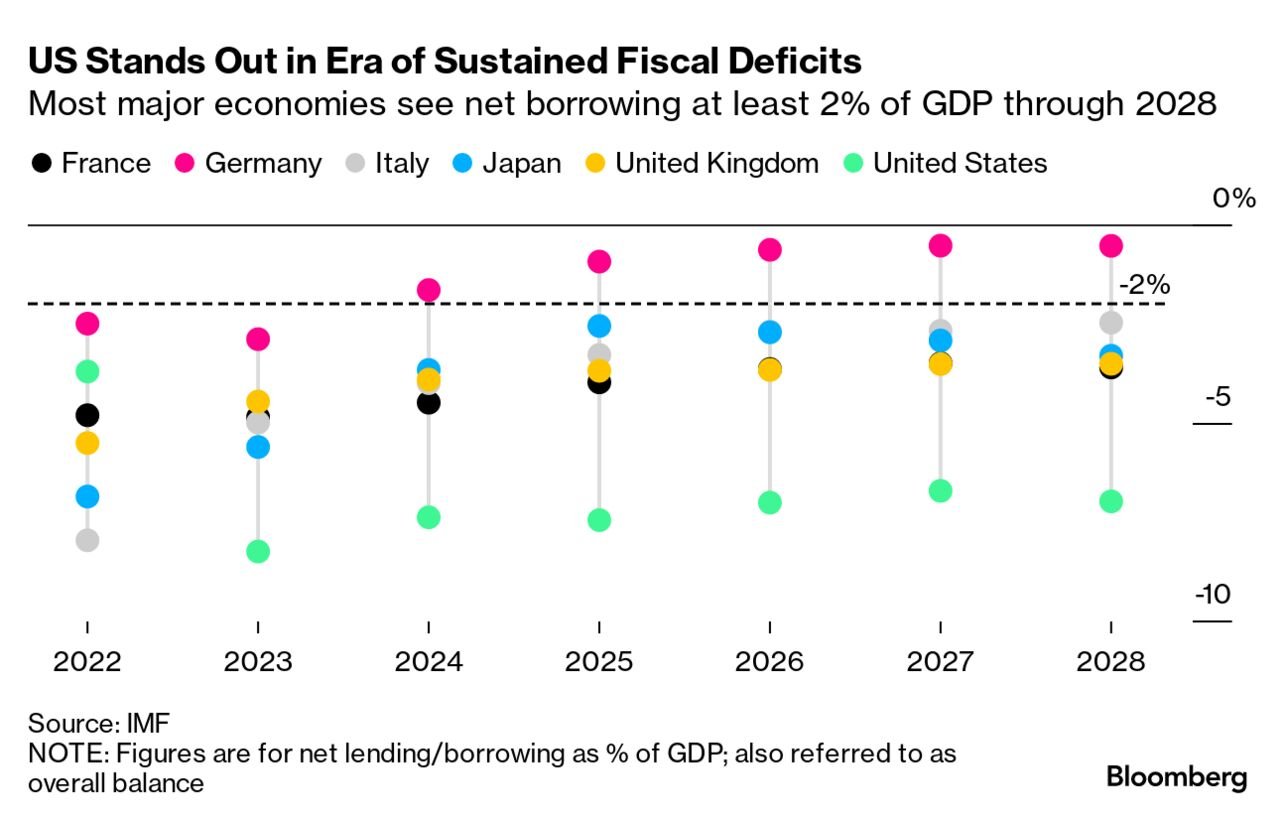According to a Reuters poll of 17 economists, Japan’s economy is anticipated to have contracted at an annualized rate of 1.5% in the January-March quarter, largely due to a downturn in all major growth drivers amidst an uncertain outlook. The forthcoming Cabinet Office data, scheduled for release on May 16, is projected to reveal a monthly decline equivalent to 0.4%.
This contraction follows a 0.4% annualized growth in the final quarter of 2023, with key components of GDP experiencing a significant decline, leaving the economy without a notable growth engine in the January-March period.
Takeshi Minami, chief economist at Norinchukin Research Institute, highlighted the persistent trend of cautious consumer spending, driven by escalating living costs potentially exacerbated by the depreciation of the yen. Minami forecasted a 1.2% annualized contraction for the overall economy during the January-March period.
Private consumption, constituting over 50% of the economy, is expected to have declined by 0.2% in the quarter as consumers tightened their budgets to cope with rising living expenses.
Natural disasters, such as the earthquakes in the Noto peninsula at the beginning of the year, and the disruption caused by the scandal at Toyota’s compact car unit Daihatsu, contributed to undermining output and consumption.
Capital expenditures also saw a decline of 0.7% quarter-on-quarter as companies hesitated to invest their substantial profits in plant and equipment, including labor-saving technology to address labor shortages.
External demand, represented by net exports, likely detracted 0.3 percentage points from GDP growth. Additionally, domestic demand is anticipated to have decreased for the fourth consecutive quarter.
Meanwhile, the corporate goods price index (CGPI), a key indicator of inter-corporate prices, is expected to have risen by 0.8% year-on-year in April, maintaining the same pace as March. Month-on-month, the CGPI is projected to have increased by 0.3% in April, slightly faster than the 0.2% rise observed in March, underscoring persistent inflationary pressures affecting both consumer and business costs.



